“North Carolina is, and always has been, a divided state,” writes Dr. Chris Cooper of Western Carolina University in his recent book, Anatomy of a Purple State: A North Carolina Politics Primer. This division is etched into the state’s unique electoral pattern of partisan ballot-splitting, where voters consistently support Democratic governors while favoring Republican presidential candidates. As the 2024 elections approach, this split-ticket tradition again highlights the complexity of North Carolina’s evolving political identity and its relevance to a nation increasingly fractured along party lines.
The state’s electoral history shows a pattern: North Carolina has split its ticket in seven of the last ten election cycles, favoring Republican presidential candidates while electing Democratic governors, highlighting the state's enduring preference for balanced representation at the state and national levels. This phenomenon blends local preferences with national political leanings and has defined the state’s character for decades, but it has also upped the ante in political competition.
A state constitutional amendment passed in 1978 allowed Democrat Jim Hunt to be the first North Carolina governor to run for re-election. Hunt ran for re-election in 1980 and defeated former Republican governor Jim Holshouser to reclaim the office, while Republican Ronald Reagan secured North Carolina’s electoral votes in the presidential race. This trend continued into the following decade, with voters electing Hunt for a third and fourth term even as Republican candidates George H. W. Bush and Bob Dole carried the state in presidential contests in 1992 and 1996. North Carolina’s voters, reflecting the state’s distinct brand, consistently chose Democrats to lead locally while supporting Republicans nationally.
By the early 2000s, however, this dynamic began to shift slightly in the level of competition. Democratic gubernatorial candidates, though still winning, faced narrowing margins, indicative of a broader realignment within the state. Democrat Mike Easley won the governorship in 2000 with just over 52% of the vote, a narrower victory than Hunt’s previous races, while George W. Bush captured 56% in the presidential race. In 2004, Easley won re-election, but the competitive gubernatorial races signaled that Republicans were gaining ground statewide, especially as the state leaned further toward the GOP on national issues. This evolving pattern suggested a growing divide in voter priorities between state and national politics.
Recommended
The 2016 election marked a new phase in this split-ticket trend, as North Carolina became a battleground in both gubernatorial and presidential races with ever-tightening margins. Republican Donald Trump narrowly won the state’s electoral votes, while Democrat Roy Cooper won a victory over Republican incumbent Pat McCrory for governor. The tight margins in both contests reflected an era of intense polarization and mobilization by both parties, each drawing support in nearly equal measure. This shift from the decisive wins of earlier decades illustrates the state’s heightened political divides.
And again in the 2020 election, North Carolina once again divided its ticket, with its electoral votes going to Republican Donald Trump for president while re-electing Democrat Roy Cooper for governor.
As we approach the 2024 elections, recent polling suggests North Carolina’s historical pattern of ballot-splitting may endure. An October survey from Carolina Journal shows Democrat Josh Stein extending his lead over Republican Mark Robinson in the gubernatorial race, with Stein rising from 45.5% to 49.3% and Robinson’s support dropping from 39.2% to 35.8%. This lead, driven partly by Stein’s moderate platform, suggests that North Carolinians may again favor a Democratic governor, consistent with past preferences. Meanwhile, in the presidential race, Donald Trump’s support has increased slightly from 45.6% to 47.2%, while Democrat Kamala Harris has seen a similar uptick from 45.3% to 46.6%, creating another tight national race.
The latest polling averages for North Carolina suggest that the Old North State may once again divide its support between a Republican presidential candidate and a Democratic gubernatorial candidate in 2024. In the presidential race, Donald Trump holds a narrow lead over Kamala Harris, continuing North Carolina’s historical tendency to lean Republican in national contests. This slight advantage aligns with the state's established preference for GOP candidates in presidential elections.
Conversely, the gubernatorial race shows Democrat Josh Stein ahead of Republican Mark Robinson, indicating sustained support for Democrats at the state level. Stein’s advantage in the polls suggests that North Carolina’s tradition of split-ticket voting is likely to persist. This pattern reflects how North Carolinians continue to balance their preferences, underscoring the complex, independent-minded nature of the state’s electorate.
While some claim we are witnessing the "end of democracy” in America, the fact that North Carolinians—a consistent battleground electorate—continue to split their ballots between parties is a promising sign. It reflects a nuanced, independent-minded voting public that defies rigid partisan expectations. This pattern, though sometimes less tidy than pundits might prefer, shows that voters are more discerning than they’re often given credit for. As Dr. Cooper aptly notes, “North Carolina is a perfect representation of the promise and peril of modern democracy.”
The refusal of North Carolina voters to adhere to strict party loyalty underscores the resilience and adaptability of the American political system. Yet, this tendency also solidifies North Carolina’s role as a continued swing state, its electorate keeping both parties in play and ensuring its influence in shaping America’s political future. In the 2026 midterms and the 2028 presidential race, Tar Heel voters are unlikely to see a break from the American political maelstrom.

















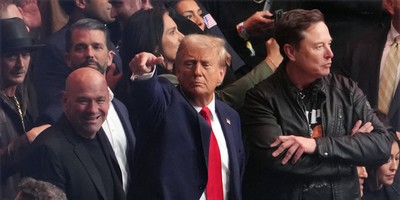


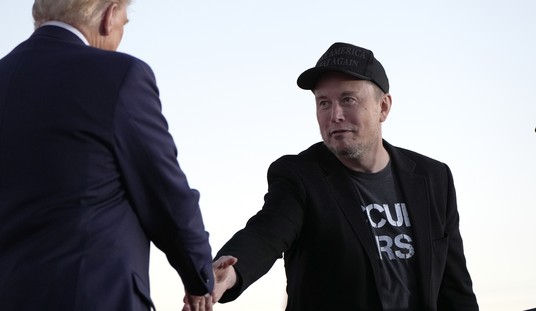
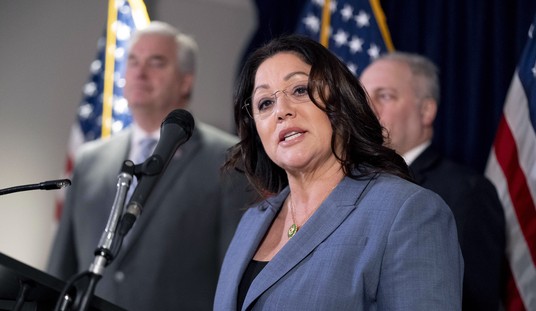
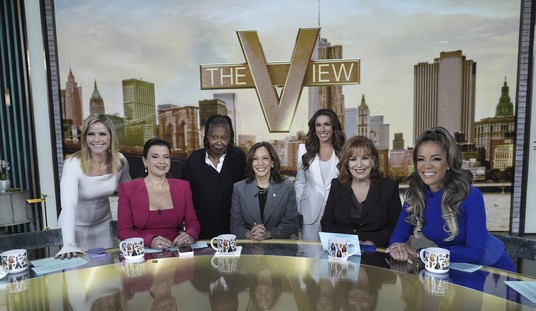
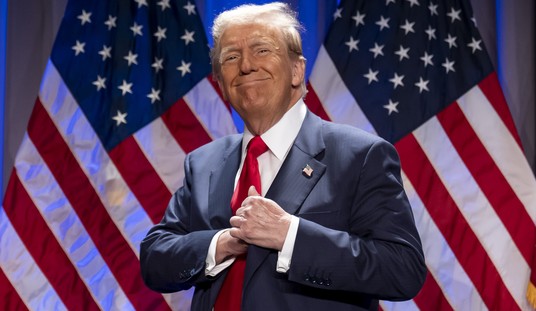

Join the conversation as a VIP Member